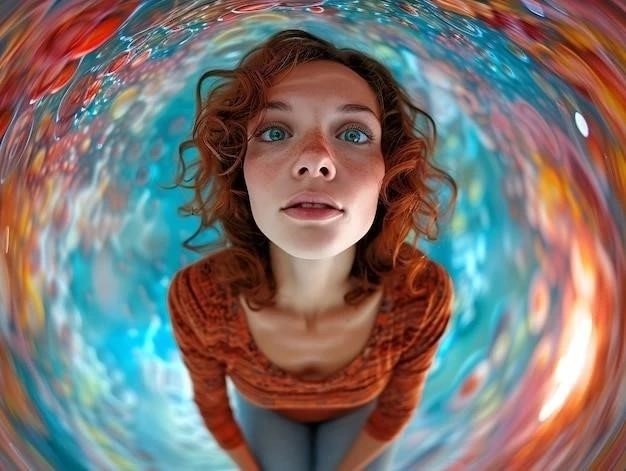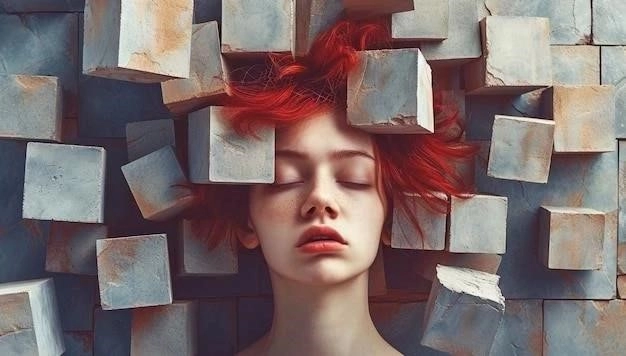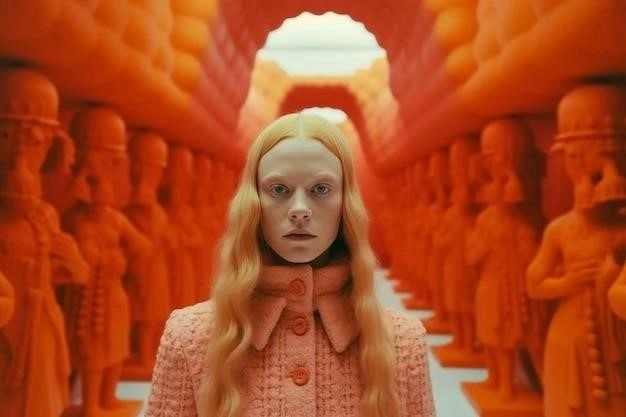Imagine a world where the sound of a violin evokes the taste of chocolate, or where the number five is inherently blue. This is the reality for individuals with synesthesia, a fascinating neurological phenomenon where the stimulation of one sense involuntarily triggers experiences in another, unrelated sense.
Understanding Synesthesia
Synesthesia is not a disorder, but rather a different way of perceiving the world. It is estimated that between 2% to 4% of the population experiences some form of synesthesia٫ with variations in the types and intensity of sensory associations. Synesthesia is thought to be largely genetic٫ often running in families٫ and research suggests it may be more common in individuals with autism.

Types of Synesthesia
Synesthesia manifests in a myriad of ways, with over 80 different types documented. Some of the most common forms include:
- Grapheme-color Synesthesia: Letters or numbers trigger specific colors. For example, the letter A might always appear red.
- Chromesthesia: Sounds, music, or voices evoke the perception of colors. A high-pitched note might be experienced as yellow.
- Lexical-gustatory Synesthesia: Words or sounds evoke distinct tastes. The word “window” might taste like strawberries.
- Ordinal Linguistic Personification: Numbers, days of the week, or months are perceived as having personalities and genders.
- Mirror-Touch Synesthesia: Observing someone being touched triggers a tactile sensation in the same location on the synesthetes body.

The Science Behind Synesthesia
While the exact mechanisms underlying synesthesia remain a subject of ongoing research, several theories have been proposed. One prominent theory suggests that synesthesia arises from increased cross-talk between different sensory areas in the brain. This hyperconnectivity may be due to a lack of the typical neural pruning that occurs during development, leading to an excess of connections between brain regions.
Another theory posits that synesthesia results from a breakdown in the normal inhibitory processes within the brain. This disinhibition could allow sensory information to flow more freely between areas that are typically separate, leading to the blending of senses.

The Synesthetic Experience
Synesthetic experiences are often described as automatic, consistent, and highly specific. For example, a synesthete who sees the letter A as red will always experience this association, regardless of the font, size, or context in which the letter appears. These experiences are also generally perceived as pleasant and enriching, adding an extra layer of complexity and beauty to the world.
Synesthesia and Creativity
There is growing evidence to suggest a link between synesthesia and enhanced creativity. The unique sensory experiences of synesthetes may contribute to a heightened ability to make connections, think abstractly, and generate novel ideas. Indeed, synesthesia is disproportionately represented among artists, musicians, poets, and writers.
Conclusion
Synesthesia provides a captivating glimpse into the diversity of human perception. It highlights the remarkable plasticity of the brain and challenges our understanding of the relationship between our senses and the world around us. Far from being a mere curiosity, synesthesia offers valuable insights into the workings of the brain and the nature of consciousness itself.
The Impact of Synesthesia on Cognitive Processes
Beyond its inherent fascination, synesthesia offers a unique window into the interplay of sensory perception and cognitive function. Studies have shown that synesthetes often exhibit enhanced memory capabilities, particularly in areas like visual memory and lexical recall. This advantage is likely due to the additional sensory associations acting as mnemonic devices, anchoring information in a richer, multi-sensory framework.
Furthermore, research suggests that synesthesia may be linked to heightened creativity and divergent thinking. The inherent cross-modal associations could foster novel connections between seemingly unrelated concepts, leading to innovative problem-solving and artistic expression. Studies have shown that synesthetes are overrepresented in creative fields, lending credence to this notion.
Challenges and Misconceptions
While often perceived as a gift, synesthesia can also present challenges. Sensory overload can be a concern, particularly in environments rich in stimuli. Imagine attending a concert with chromesthesia – the visual experience could be overwhelming.
Additionally, there are misconceptions surrounding synesthesia. It is not a form of hallucination or mental illness. Synesthetes are fully aware that their experiences are unique to them and do not represent an inaccurate perception of reality. Raising awareness and understanding of synesthesia is crucial to dispelling these myths.
Future Directions in Synesthesia Research
Synesthesia continues to intrigue researchers across disciplines. Advancements in neuroimaging techniques offer unprecedented opportunities to delve into the neural underpinnings of this phenomenon; Identifying the specific brain regions and pathways involved could shed light on the development of synesthesia and its relationship to other cognitive processes.
Moreover, investigating the genetic basis of synesthesia is an active area of research. Uncovering the genes responsible for this trait could provide insights into the heritability of sensory experiences and pave the way for a deeper understanding of human perception as a whole.
As we continue to explore the intriguing world of synesthesia, we gain a greater appreciation for the diversity of human experience. This remarkable phenomenon underscores the extraordinary adaptability and interconnectedness of the human brain, reminding us that reality is often a matter of perspective.










